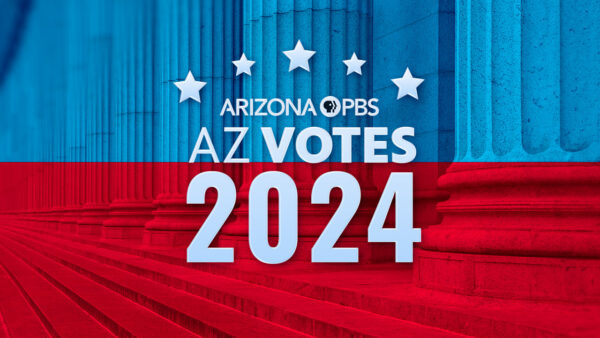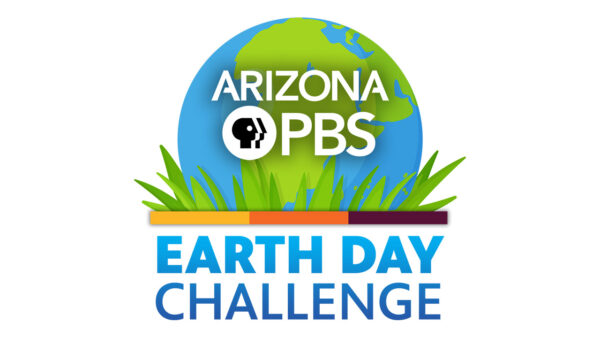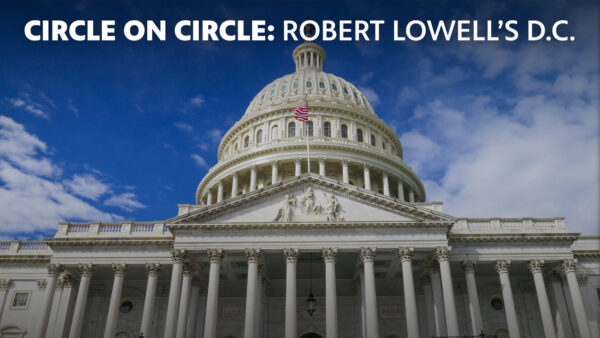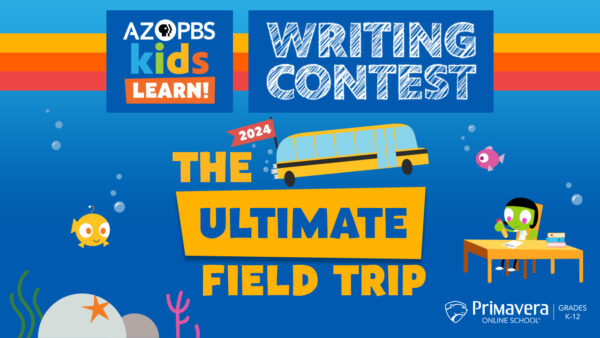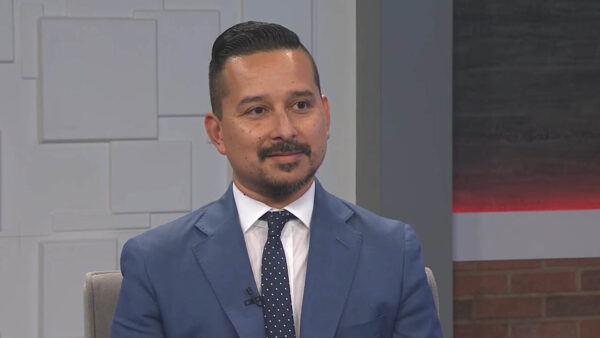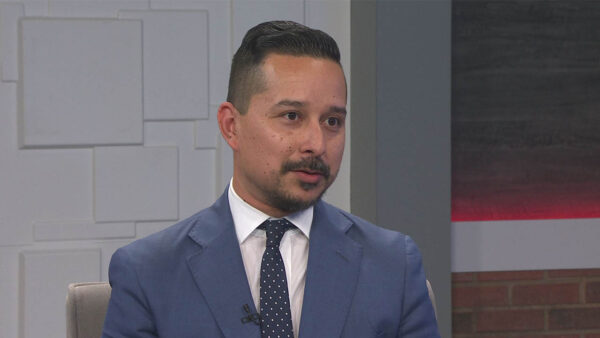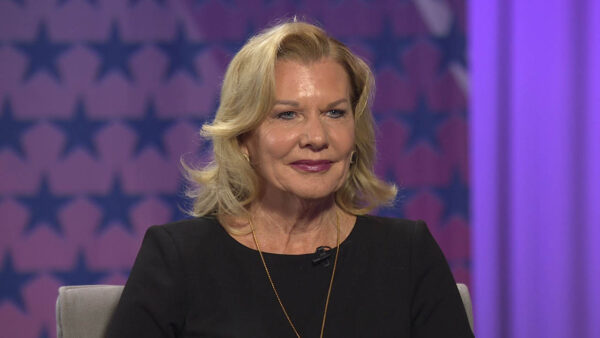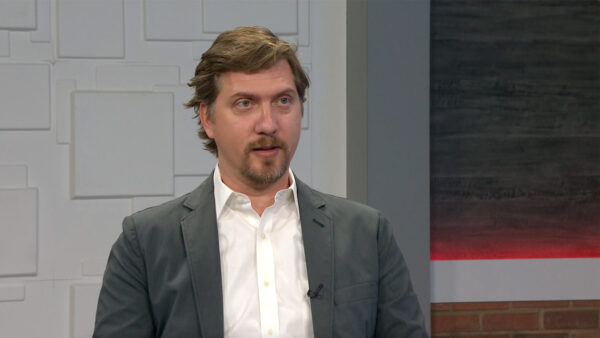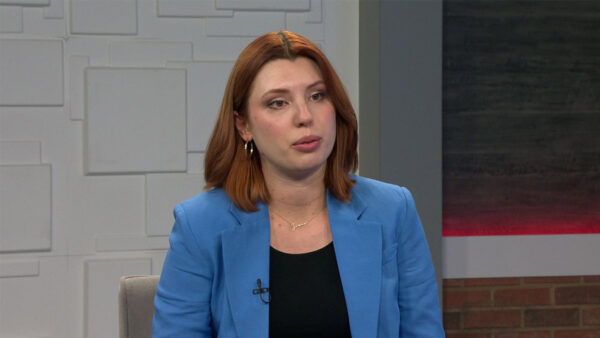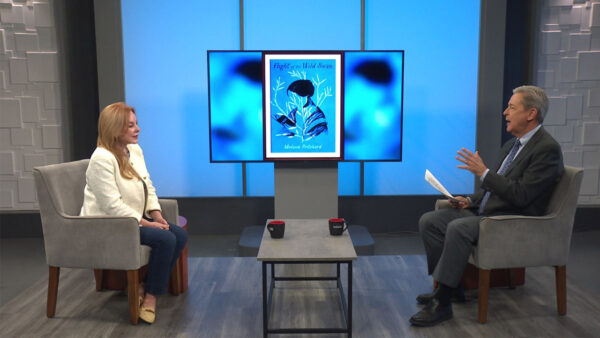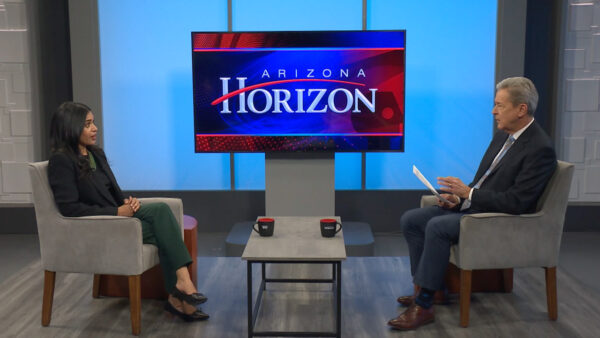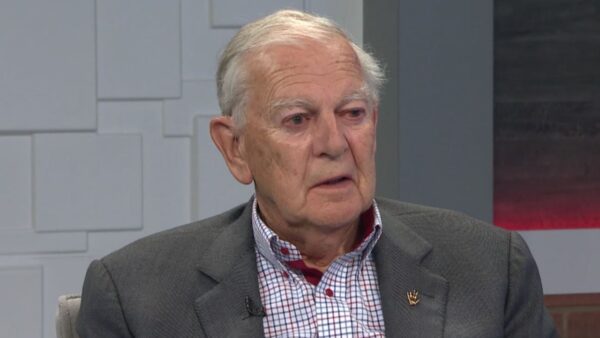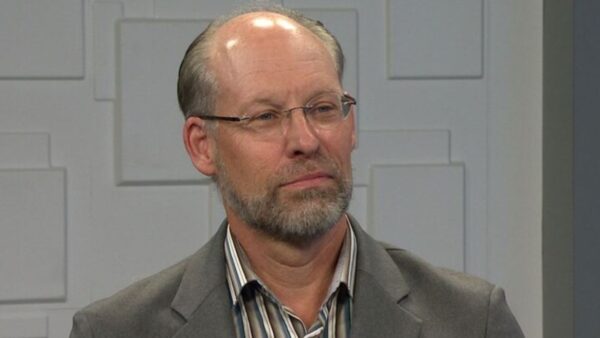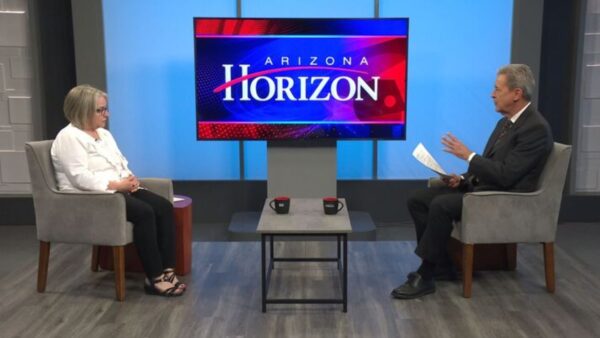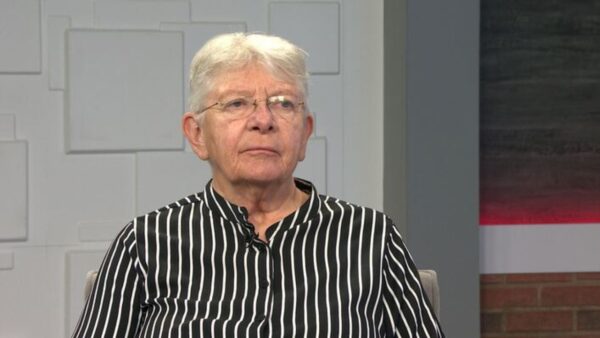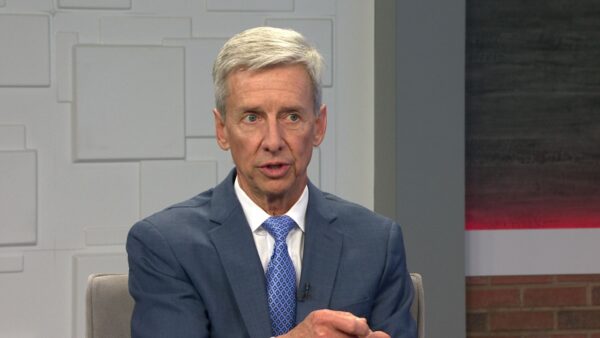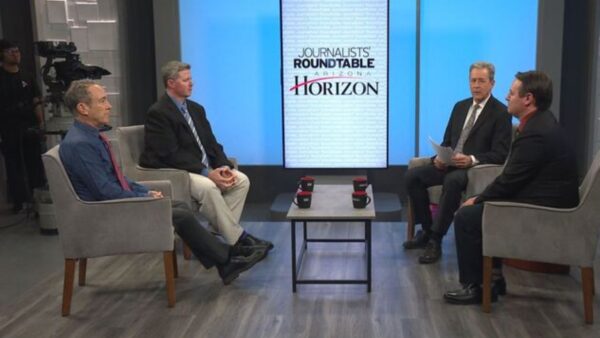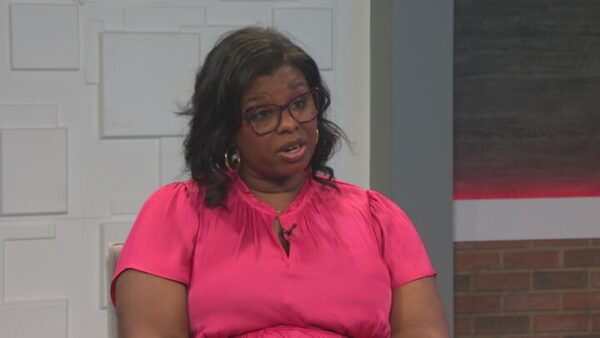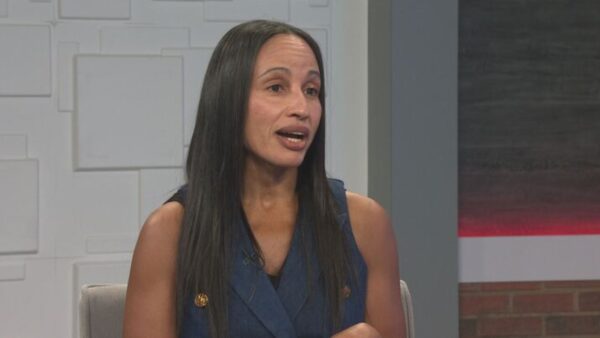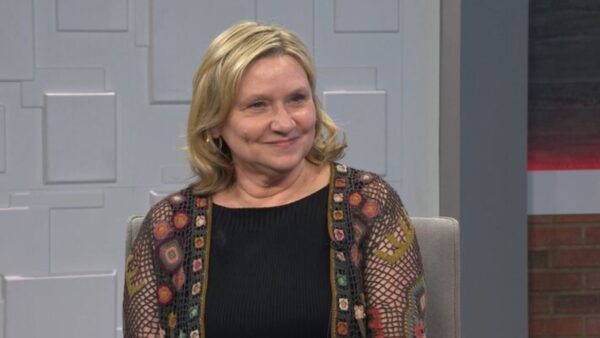Edward Eyth, a creative designer who’s worked on numerous Hollywood films including “Back to the Future,” is in town for POPnology, an interactive exhibit at the Arizona Science Center that celebrates and explores some of the greatest works of popular-culture inspired technological innovation and imagination. The exhibit will also look at how newly-inspired technology will impact our future. Eyth will discuss the exhibit and his work.
Christina Estes: In tonight's edition of Arizona Technology and Innovation, we head to the intersection of technology and popular culture. It's the world premiere of POPnology. It's an interactive exhibit at the Arizona Science Center that celebrates some of the greatest works of technology inspired by pop culture and imagination. The exhibit, which opens this Sunday, also examines how newly inspired technology will impact our future. Here to discuss all of that is Edward Eyth and Chris Barker, special projects advisor for the science center. Edward, let's start with you because you brought us a great prop and your work is an important part of this exhibit. What did you bring us?
Edward Eyth: This is actually a rocket pack, it's a replica of the rocket pack from the movie The Rocketeer and it's absolutely an excellent replication of the rocket pack. It's sort of the star of the show. The Rocketeer, it's one of the elements that's incorporated into the exhibit. There's many things that are really interesting.
Christina Estes: It's been the star here in the few minutes it's been here. How did it go from your head to what we see in the studio?
Edward Eyth: I got hired as a concept designer and in film, you're basically hired to ask the question what if, what if, and it's a wonderful way to explore things creatively with the director and the producer and yeah, the rocket pack itself started with some rough sketches and went through multiple, probably about 50 iterations before it finally evolved into the one that we see that's in the movie. It's part of the process in filmmaking, a lot of exploration, probably 90% of what I do doesn't end up on screen but it's a kick to see.
Christina Estes: We're seeing some of the illustrations, some that did or didn't make it on screen. Chris Barker, how does it fit in in the overall exhibit?
Chris Barker: Well, the exhibit is all about how the intersection of pop culture and technology, looking at film, literature, art and science and the technology that's influenced our lives going back in time to the present day and into the future. And so looking at things like transportation and how we move around the planet and ideas of films from The Rocketeer to Back to the Future are key concepts that we wanted to make sure were captured in the exhibit to give patrons as much of an interactive experience, things that are part of their childhood memory that they remember and think of fondly all the way through present day technologies that we have in the exhibit as well from things like 3D printed cars from local motors here in Arizona to self-driving vehicle technology to the Hyperloop train.
Christina Estes: I'm going to interrupt you because when we talk about one of the four areas that you're really focused on, how we move is one of them and we've got some photos that we want to put up because I never know whether to say "Hyundai" or "Hyunday."
Chris Barker: A flying car concept design that looks at what would it be like for vehicles to be lifted and transported into other different locations, beyond just roadway conditions. And there are other companies that are challenging traditional transportation modes, things like the Hyperloop that's been introduced as well, the high-speed magnetic train transport that will look at moving people 400 to 500 miles an hour.
Christina Estes: And we showed an image of the flying car as well as the Hyperloop and will people actually see replicas or sketches? What will people see in the exhibit when it comes to those two items?
Chris Barker: In the exhibit you'll see artists' sketches, similar to what Edward started with. We'll see modeled objects, as well. The 3D printed car is the first one ever made, a full size replica of the car itself printed in 40 plus hours of time, the car is made in their facility in Tempe so people can experience the vehicle but there's a whole host of other things in the exhibit as well, robotics, mag lev technology, light and sense technology, it's designed to be very, very interactive for kids and people of all ages to be able to experience.
Christina Estes: One part of the exhibit focuses on how we live and work and we've got a picture up of Baxter and I don't know how much you know about Baxter or whether that freaks you out or excites you. I think it probably freaks some people out because we think oh, they're going to take my job because Baxter is amazing because Baxter can learn and can show facial expressions, I guess? From the screen? It's not a face. But when you see something like that do you think wow that's cool?
Edward Eyth: When I see something like that I think this is like a little startling to look at but it's the first generation, you have to consider the fact it's going to get more and more sophisticated and the way things are changing now and the way technology is progressing, exponential levels, it's just interesting. I always look at that and think the next generation I would do this and change this, and it's a little threatening, a little strange but I think it's the first one, and then we'll see what happens.
Christina Estes: Do you ever worry there's going to be a robot that can do what you do?
Edward Eyth: There's going to be a robot that can do everything everyone does eventually so I don't know. The creativity part I think I'm safe, at least for the rest of my life.
Christina Estes: I hope so. I hope that goes for a lot of us. Chris, you look at the exhibit, what stands out for you? There's a ton of stuff? What made you go wow?
Chris Barker: We have an oculus rift station, so you can see what it's like to be in virtual worlds, for kids who want to walk on the surface of Mars or to do things of that nature, we have R2D2 robot in the exhibit that communicates with patrons walking around. We have the alien, full sized alien figure from the movie, as well. I mentioned the 3D printed car. There's also elements that get into liquid fusion projects like building prosthesis for research, as well. It spans all parts of life, science, transportation, food, learning, you name it.
And the Mars Rover is in there, too.
Christina Estes: What do you hope people take away from the exhibit seeing your designs?
Edward Eyth: The exhibit to me encompasses innovation so they might leave, especially I hope young people leave there a little bit inspired and maybe with some aspirations for a career trajectory. There's so much there to stimulate their imagination and engage them and I have a feeling it's going to be an inspiring experience.
Christina Estes: Chris Barker, tell us the exhibit starts this Sunday?
Chris Barker: This Sunday and it will be on display through May 17th here in Arizona, and then we're kicking off, this is the first stop of the north American tour so we'll be traveling to northern California, the northwest, and then down to the Reagan library later this year and we're booking out through 2019 currently.
Christina Estes: Very cool that Phoenix is the world debut. Thank you. Thanks so much for coming in, appreciate it.
Chris Barker: Thanks for having us.
